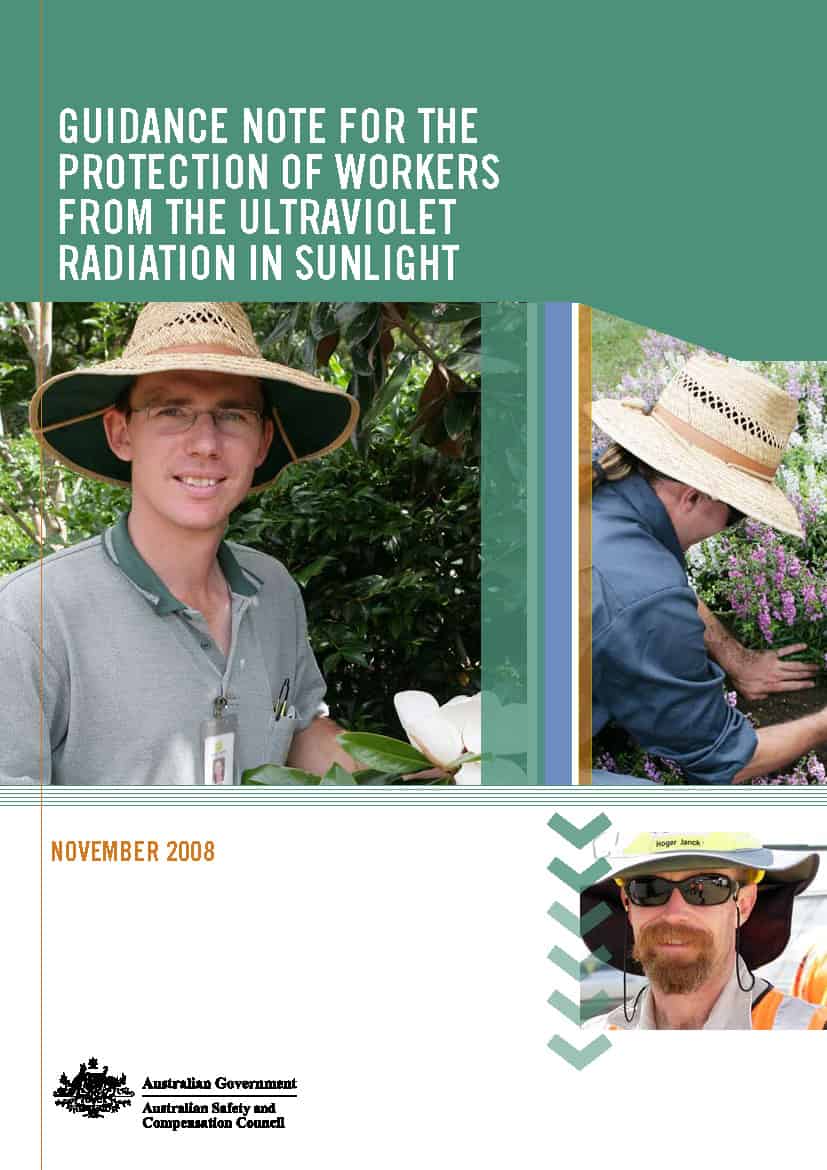Over recent years Australia has had its share of cancer cluster fears, most of which have not had a cause identified. Cancer clusters are one of the most difficult workplace hazards to manage for several reasons:
- Worker’s fear for their health;
- Management fears for its staff;
- Some management worry about the related business costs;
- Clusters can generate considerable media coverage; and
- Noone knows what’s really going on.
An August 2008 case appeared in Tasmania and, therefore, got almost no coverage in other States, even though it occurred in a media-friendly venue, a school. The experts say that the incident is not technically a “cancer cluster” however semantics is the least of the worries for the participants and, in terms of safety management (and the management of any “outrage”), the differentiation is irrelevant.
In early March 2009, the investigation was completed and, sadly, no cause was identified. In 3 March, the Director of Public Health, Dr Roscoe Taylor, issued a media statement.
The investigation concerned the potential risks from electro-magnetic radiation from nearby power lines.
Dr Taylor found there was no statistical significance in the cancer rates of employees who had worked at the school
“Taking into account the lack of identifiable hazards, as well as the very small population we are dealing with, the most probable explanation for the numbers of cancers appears to be chance variation,” said Dr Taylor.
“This was a rigorous and thorough investigation and while we probably can’t provide staff with the absolute assurances and certainty they would have been looking for, I think the results of the analysis mean we can be fairly confident that there has been no serious threat to public or occupational health at the school.
More details and Frequently Asked Questions are available. A particularly useful factsheet on clusters is available HERE.
The Australian Broadcasting Corporation’s Health Report has an excellent podcast available in which cancer clusters in workplaces are discussed.

